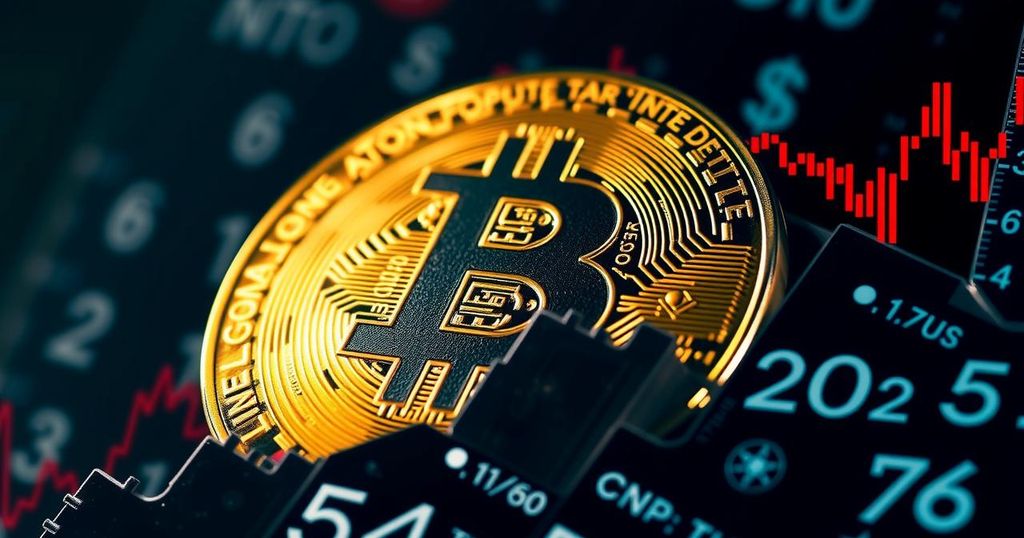The Significance of Bitcoin’s Price in Network Health and Stability
This article explores the critical importance of Bitcoin’s price in relation to its market liquidity, network security, and overall legitimacy as a form of currency. Prominent analysts emphasize that price dynamics influence the usability of Bitcoin and its perception in the market, suggesting that a sustained increase in liquidity can positively affect its value. The article affirms that Bitcoin’s price does matter significantly, contrary to assertions from some advocates.
The discourse surrounding Bitcoin often includes factions claiming that the price of the cryptocurrency is of little relevance, focusing instead on its technological applications. However, this perspective neglects a crucial aspect that contributes to Bitcoin’s overall security and functionality: its price. As articulated by prominent financial analyst Lyn Alden, the relationship between Bitcoin’s liquidity and its price is fundamental. Liquidity, defined as the ease with which an asset can be converted into cash without significantly affecting its price, enhances the usability of Bitcoin, making it less volatile and increasingly stable as a form of currency. Furthermore, sustained low pricing over an extended period could negatively impact market perception regarding Bitcoin’s value. Bitcoin’s fixed supply, especially when considering its role as an alternative to fiat currencies that can be infinitely printed, implies that an increased injection of liquidity—due to expanded debt or fiat issuance—could ideally lead to a price appreciation. Additional arguments merit consideration to augment Alden’s conclusions: The security of the Bitcoin network heavily relies on the number of participants actively mining Bitcoin. As block rewards decrease roughly every four years, a rising price becomes essential for attracting miners, thereby maintaining network security. Moreover, Bitcoin’s rising market capitalization relative to gold elevates its perceived legitimacy among investors, reinforcing Bitcoin’s status as a valuable asset. As Bitcoin’s price escalates, it also motivates holders to engage in network-enhancing activities, such as running nodes, thereby fortifying its defense against opposing critiques. In conclusion, if one finds joy in Bitcoin reaching new price milestones, that sentiment is valid, as it signifies an increase in purchasing power, among other benefits. It is equally important to understand the underlying factors that contribute to these price changes, as they are integral to the cryptocurrency’s broader market dynamics and health.
The topic of Bitcoin’s price is essential in the landscape of cryptocurrencies, where discussions often center around its technological innovations. Proponents of Bitcoin argue that its long-term potential is linked more to its decentralized nature rather than its market price. However, understanding the interplay between price, liquidity, and network security reveals that price does indeed matter significantly. As more entities participate in mining and trading Bitcoin, the implications of its price become paramount, particularly considering the finite nature of its supply. The relationship between Bitcoin’s valuation and its market acceptance is crucial for investors and participants in the cryptocurrency ecosystem.
In summary, while some advocates for Bitcoin may assert that its price is a secondary consideration, the truth is that the price of Bitcoin plays an integral role in its liquidity, stability, and broader acceptance as a valid form of money. The dynamics of market signals, network security, and investor perceptions are all crucial elements that underscore the importance of Bitcoin’s price in maintaining its relevance and functionality within the financial landscape.
Original Source: www.nasdaq.com




Post Comment